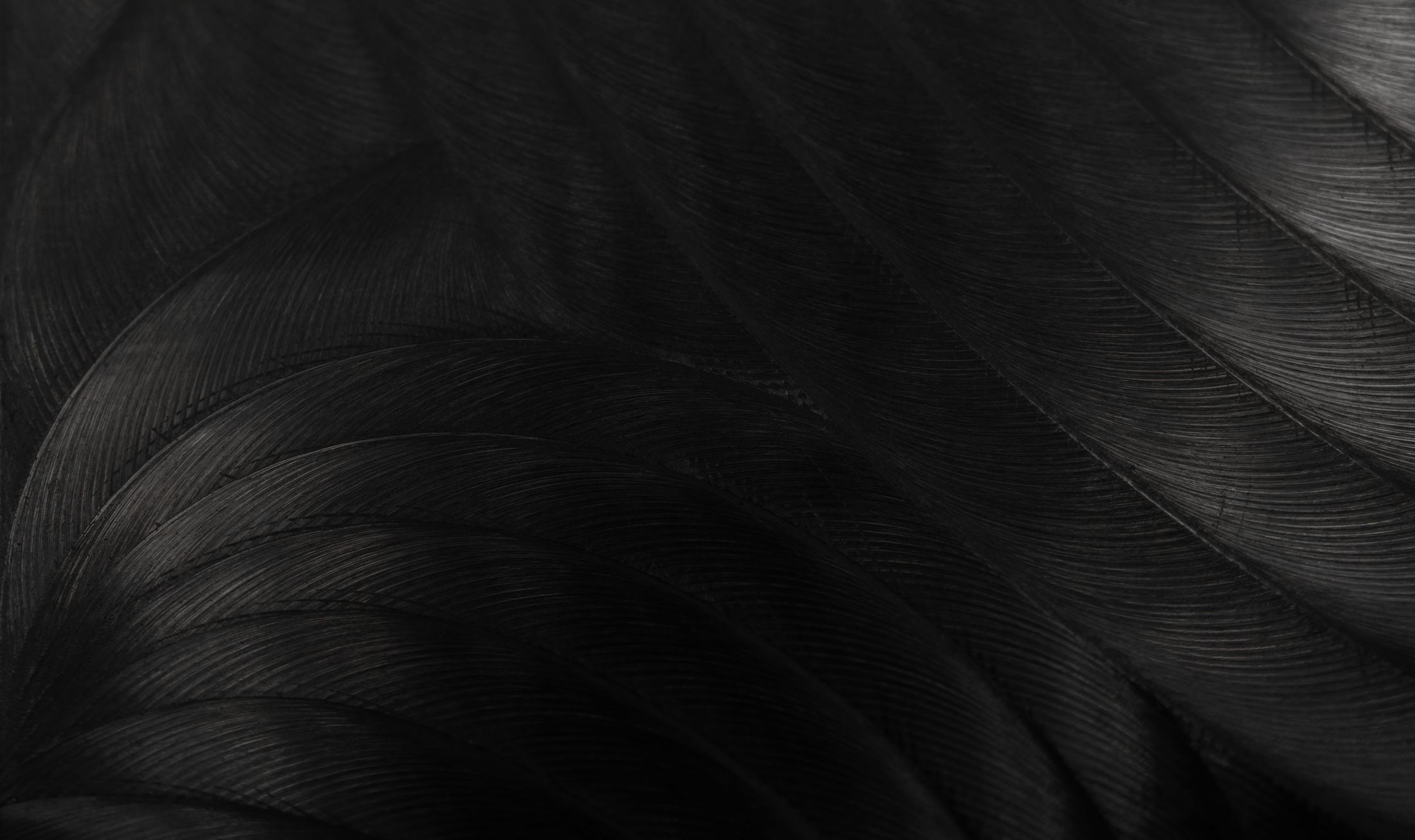

Rhinoplasty Procedure By Dr. Bloch
Nose surgery or rhinoplasty is a cosmetic procedure done on an outpatient basis to correct various patient complaints which might include nose size, bump on nose bridge, shaping nasal tip among others. The nose job is also done to correct a deviated septum for patients with breathing problems. Rhinoplasty is a specialized procedure that needs to be done by a professional plastic surgeon considering its complexities. Dr. Bloch is a board certified plastic surgeon who can perform the cosmetic procedure for you or improve your breathing difficulties. During assessment, your doctor may use computer simulations to create the degree of changes you anticipate for a nasal structure that will suit your other facial features. Note that the final rhinoplasty results may not match the computer simulations.
Your rhinoplasty consultation
During your rhinoplasty consultation be prepared to discuss:
Your surgical goals, with regard to both appearance and breathing
Medical conditions, drug allergies, and previous medical treatments
Current medications, vitamins, herbal supplements, alcohol, tobacco, and drug use
Previous surgeries
Your rhinoplasty surgeon may also:
Evaluate your general health status and any pre-existing health conditions or risk factors
The options available to you for nose reshaping
Examine and measure your face
Take photographs
Discuss your nose surgery options
Recommend a course of treatment
Discuss likely outcomes of a nose surgery and any risks or potential complications
Be sure to ask questions. To help, we have prepared a checklist of questions to ask your rhinoplasty surgeon that you can take with you to your consultation.
It’s very important to understand all aspects of your rhinoplasty procedure. It’s natural to feel some anxiety, whether it’s excitement for your anticipated new look or a bit of preoperative stress. Don’t be shy about discussing these feelings with your plastic surgeon.
Nose surgery candidates
You can consider rhinoplasty if you have:
Good general health
Nasal blockage and difficulties in breathing
Congenital nasal defects
Overly large or very small nose
A nose not matching with other facial features
Unaligned or crooked nose
Anticipation for improvement rather than perfection of your nose
Like for most cosmetic surgeries he has successfully done, Dr. Bloch will expect you to have realistic expectations and a positive attitude for your rhinoplasty procedure.
What is the procedure for nose surgery?
Rhinoplasty is done under general or local anesthesia. Incisions allow passage for surgical manipulation of the nasal structures. Options include open or endonasal incisions. In open rhinoplasty, incisions are made on the underside of the columella while endonasal rhinoplasty involves incisions inside your nasal passage. Endonasal incisions are not visible unlike for an open surgery but Dr. Bloch will advise you in the best option. By adjusting, adding or removing bone or cartilage from your nose, most defects are corrected. Additional grafts may be harvested from your own body parts which might include rib, ear skull. Natural grafts integrate well compared to artificial grafts that may easily be infected or rejected by your body. Grafts will be used to enlarge or shape your nasal tip. Fillers or fat grafts may also be used to plumb or increase your nasal volume in some parts. Elevated skin is then redraped and sculpted to assume the contour of underlying supportive tissues. This is then followed by skin closure with sutures.
Considerations
Pros
The shape, angle and size of your nose will be improved
Structural problems that restrict breathing and cause congestion can be corrected
Rhinoplasty can have a significant impact on your self-image and self-confidence
Cons
Depending on the type of surgery, you may develop scars at the base of your nose
You may have skin problems or breakdown of skin tissue associated with the use of grafting materials
It will take time to adjust to your new look
These are the top three pros and cons to weigh when considering nose surgery. If you want to focus on what is unique to you, please consult with your aesthetic plastic surgeon.
Rhinoplasty recovery
After surgery, you will experience swelling and puffiness on your face but cold compresses may help. Packing may be placed inside the nose for additional support. If you have nasal packing, small tubes will also be placed on your nostrils to help you breathe. A splint will also be used on the exterior of your nose. Dr. Bloch will give you instructions on post-operative care which might include care of drains, normal signs to experience and potential signs to watch observe. You need assistance at home in your tasks. Your nasal packing can be removed after 4 to 7 days while bandages and splints will be removed after 7 to 10 days. Though swelling will persist throughout your recovery period, most of it will subside after 10 to 14 days. You will be advised to stay away from strenuous but after 3 weeks, you can resume exercise. Nose surgery results differ from one individual to another and it may take up to 12 months for your rhinoplasty results to fully refine.
You Might Also Enjoy...
What Is the Best Treatment for Gynecomastia? 10 Benefits of Male Breast Reduction
How Long Does FaceTite Last?
Vaginal Rejuvenation FAQs: When Is the Right Time for Votiva?
6 Signs You May Be a Candidate for Cheek Implants
Things You Should Know When Considering a Breast Reduction in Glenview
Breast Revision in Glenview: Reasons Why You May Need One

Schedule your plastic surgery consultation
Embrace Your Most Beautiful Future in Highland Park, IL
Your best plastic surgery results are waiting for you. Dr. Steven Bloch is committed to helping you look and feel your best at any age and is delighted to provide you with exceptional care and impeccable results. Begin planning your personalized experience with a consultation with Dr. Bloch, and rest assured that you are on a path to an authentically confident future.
(847) 432-0840
Mon - Fri: 9am - 5pm
Sat & Sun: Closed
Sitemap | Privacy Policy | Accessibility | Notice of Open Payment Database
